Portugal
Portugal is not only an amazing golf destination, it offers so much more...
Geography of the Algarve
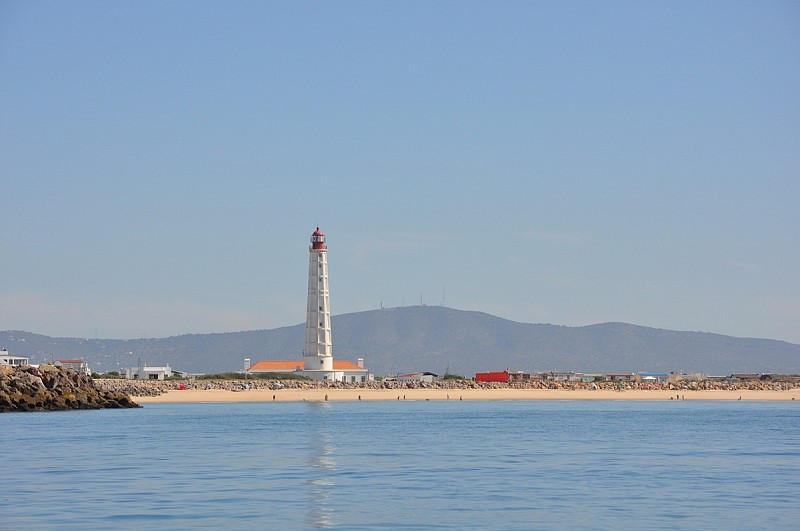
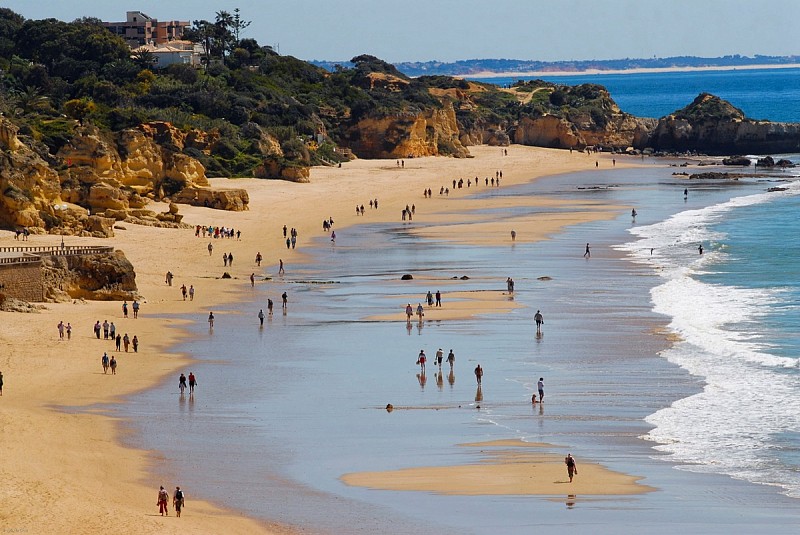
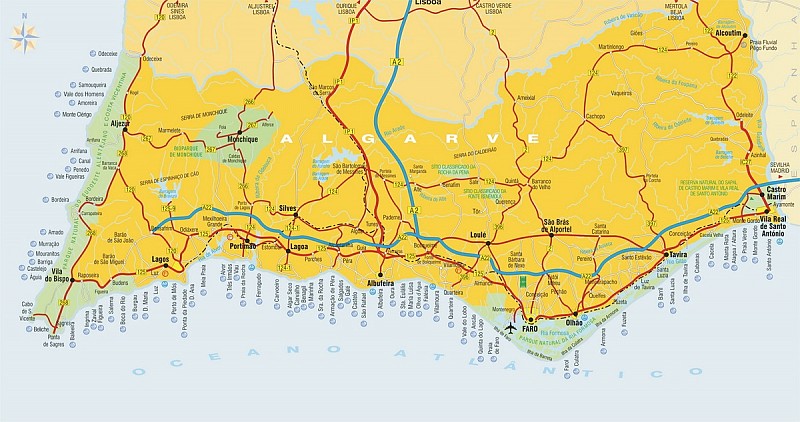
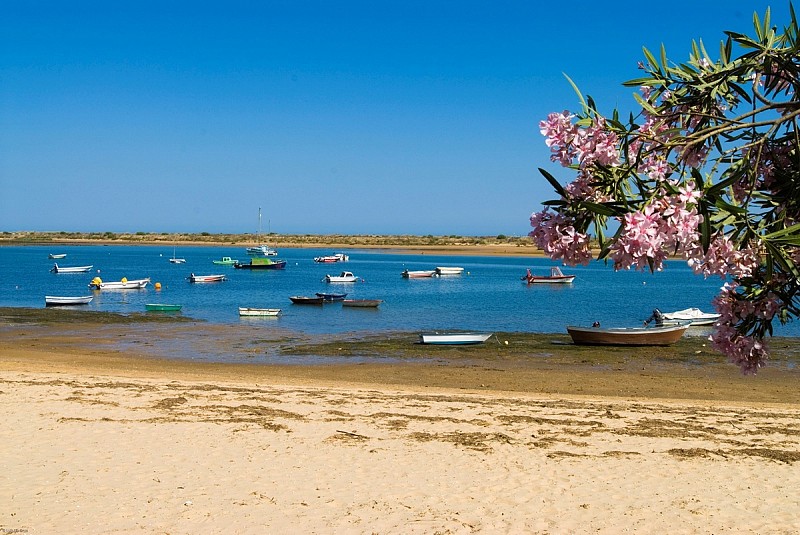
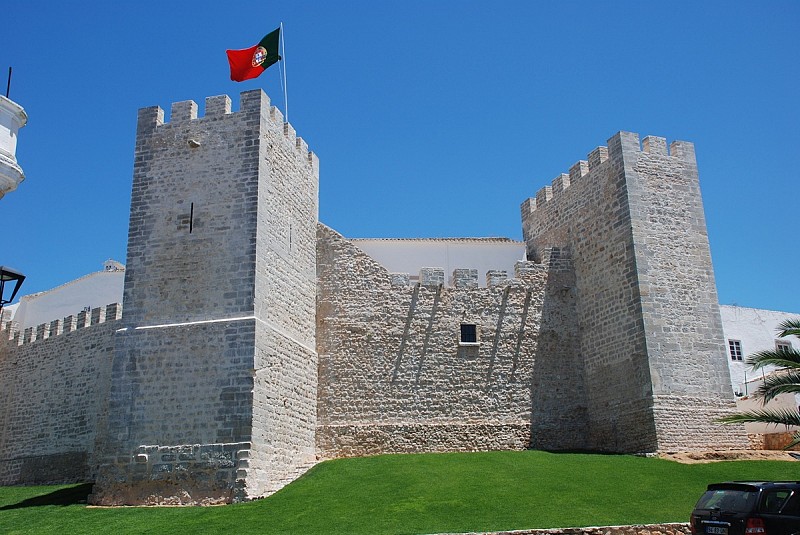


With an area of 4,995Km2 and a resident population of 395,218 inhabitants, spread throughout 16 municipalities, the Algarve is located at Europe's westernmost tip, in the south of Portugal. It has an average population density of roughly 80 inhabitants per Km2 and an entirely Atlantic coastline that measures roughly 150Km in length.
It is subdivided into three main areas, each of which contains some extraordinarily beautiful landscapes:
- The coastal area is where most of the region's economic activity is concentrated. In terms of landscape, the Algarve coast is very diversified, varying between abrupt and jagged coastlines, extensive sandy beaches, inlets formed by lagoons, marshland areas and various formations of sand dunes. The predominant rocks are essentially of the sedimentary type (as is the case with the arenites and conglomerates). Morphologically, the coastal area has a low altitude and mainly consists of plains, divided into fields and meadows;
- The "Barrocal" area marks the transition between the coast and the mountains, consisting of limestone and schist. This area is also known as the "beira-serra" (literally the mountain edge) and is where most of the agricultural produce of the Algarve originates from;
- The hills occupy 50% of the territory and are essentially formed from schist and some granitic rocks (in this latter case, in Monchique, where there is an outcrop of nepheline syenite). The main ranges of hills are the Serra de Espinhaço de Cão, Serra de Monchique (where Foia, the highest point in the Algarve is to be found, at an altitude of 900 metres) and the Serra do Caldeirão or the Serra do Mú.
The Algarve's geographical position gives it some special bioclimatic features. Although situated by the Atlantic Ocean, it has a temperate climate with Mediterranean characteristics, more than 3,000 hours of sunlight per year and a low annual average rainfall.
The most important sector of activity is the tertiary sector (retail and services), resulting from the region's main economic activity - tourism. This subsector of activity is so important in the Algarve that it accounts, both directly and indirectly, for roughly 60% of total employment and 66% of the regional GDP. It should be stressed that the Algarve receives roughly 5 million tourists per year.


